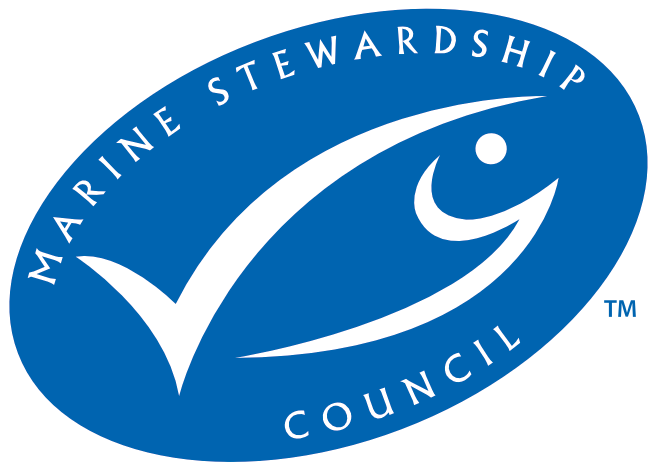
- Certifier :
- q.inspecta GmbH
- Certified status :
- Certified
- Certified since :
- 27 Apr 2017
- Certificate expires :
- 26 Oct 2027
Overview
Fisheries are composed of one or more parts, each of which is entitled to receive an MSC certificate. These parts or “units” are defined by their target stock(s), fishing gear type(s) and if relevant vessel type(s), and the fishing fleets or groups of vessels.
When the term “Unit of Certification” is used for fishing units that are in assessment, it refers to the “Unit of Assessment” or “Unit of potential certification”. Expand a status below to view the parts that form this fishery. To check the detailed scope, download the latest certificate or open the Assessments page to get the latest report. Find out more by visiting our page on Fisheries
Catch by Species
| Species | Reported Catch Year | Metric Tonnes |
|---|---|---|
| Greenlip abalone (Haliotis laevigata) | 2022 | 10.0 |
| Roe's abalone (Haliotis roei) | 2023 | 26.2 |
| Brownlip abalone (Haliotis rubra conicopora) | 2022 | 5.4 |
Information is provided by an independent Conformity Assessment Body as live weight (the weight of species at the time of catch, before processing) and where a fishing season covers multiple years, the end year is given as the reported catch year. Additional information is available in the latest report, see the assessments page.
Eligibility, client groups and vessel lists
A fishery may choose to define the members of the fishery certificate. These members can be vessels or other client group members (e.g. companies that own vessels and/or companies that are named as eligible to handle certified product covered within the fishery certificate scope). Please refer to the fishery certificate statement on additional product specific eligibility criteria (e.g. product eligibility limitations, eligibility date, exclusive points of landing and the point where Chain of Custody certificate is required). Please consult the fishery Public Certification Report for product eligibility rationale.
| Documents | Published on | Files |
|---|---|---|
| Vessel List | 14 Mar 2025 | 1 files |
About this Fishery
Abalone divers operate from small vessels, using a 'hookah' (surface supplied breathing apparatus) or scuba equipment. The shellfish are prised from rocks using an 'iron'.
The greenlip/brownlip abalone fishery operates in shallow coastal waters off the south-west coasts of Western Australia. The brownlip abalone catch is taken in much smaller quantities than the greenlip. Commercial catches peaked at 270 tonnes in the first year of the fishery (1971) and were generally between 180 and 260 tonnes per year until the introduction of a total allowable catch (TAC) in 1990. Since then catches have been relatively stable at around 200 tonnes per year.
Catches of Roe's abalone peaked in 1997/98 at 119t, and have since ranged from around 67t (in 2012/13 after the marine heat wave) to 107t. Fishing effort has decreased by more than 50% since 1992.
30 vessels are used in the fishery. 12 are used to fish for Roe’s and greenlip/brownlip abalone, 10 used to fish for Roe’s abalone only and 8 used to fish for greenlip/brownlip only.
The abalone fishery is part of a program by the Western Australia Department of Fisheries where all the state's fisheries are given the opportunity to be assessed to the MSC standard.
Market Information
Most abalone is exported (mainly to Asia) either canned or frozen. There has been an increase in domestic sales throughout Australia, this is approximately 20% of sales with China and Hong Kong only around 50% of total sales.